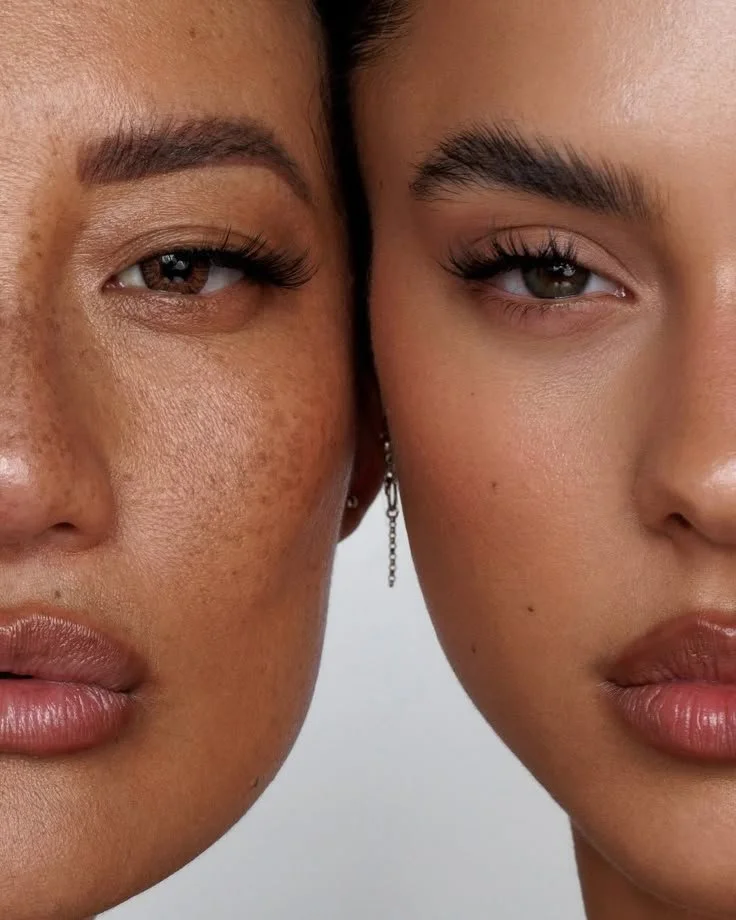11 Key Points to Expect At Your First Orthodontic Visit
Your first orthodontic consultation is an important step toward achieving a healthy, beautiful smile. Understanding what to expect can make this visit less intimidating and more productive. Whether you’re considering braces, clear aligners, or other treatments, this initial appointment helps set the stage for your entire orthodontic journey.
Wake Forest is home to several reputable orthodontic practices known for their high-quality care and advanced treatment options. Orthodontists in Wake Forest are committed to providing personalized care tailored to meet your specific needs.
In this article, we share what you can expect during your first orthodontic consultation.
No. 1
Warm Welcome & Paperwork
Upon arrival, you'll be greeted by friendly staff members who will help you get started. You’ll need to complete some necessary paperwork, including forms about your medical and dental history and insurance information. This information helps the orthodontist understand your overall health and any previous dental treatments you’ve had.
Be sure to bring any relevant documents or dental records to provide a complete picture of your dental health.
No. 2
Initial Examination
Once the paperwork is completed, you will meet the orthodontist. They will begin with a visual examination of your teeth, mouth, and jaw. This preliminary check helps the orthodontist get a basic understanding of your dental structure and identify any immediate issues that need attention.
During this examination, the orthodontist might ask about your dental history, any discomfort you’re experiencing, and your goals for orthodontic treatment. This helps the orthodontist understand your needs and provide you with the best orthodontic treatment Wake Forest has to offer.
No. 3
X-rays & Photographs
To get a comprehensive view of your teeth and jaw, the orthodontist will take X-rays and photographs. These images provide a detailed look at your dental structure, including the positions of your teeth, roots, and jawbone. X-rays typically include a panoramic view that shows all your teeth and their alignment.
The photographs will capture your teeth from different angles, as well as your facial profile. These visuals are essential for diagnosing issues that might not be visible during the initial examination and for planning your treatment.
No. 4
Dental Impressions or Scans
Next, the orthodontist will need a precise model of your teeth. This can be done by taking dental impressions or using digital scanning technology. Dental impressions involve biting into a tray filled with a soft, putty-like material that hardens to create a mold of your teeth.
Digital scans use advanced imaging technology to create a 3D model of your teeth and jaw. These models are crucial for planning your treatment and designing custom appliances, such as braces or aligners, that fit your teeth perfectly. The process might feel a little strange, but it’s quick and painless.
No. 5
Review & Diagnosis
Once the X-rays, photographs, and models are ready, the orthodontist will review all the findings with you. They will explain what they see in the images and models, pointing out any issues like misaligned teeth, overcrowding, or bite problems. This is a great opportunity to understand your dental health better.
The orthodontist will discuss the potential treatment options based on the findings, explaining what each treatment involves, how long it might take, and what results you can expect. This part of the consultation is very informative and helps you make an informed decision about your treatment plan.
JS Dental Lab
Affordable custom night guards with impression kits that can be done at home
No. 6
Discussing the Treatment Options
During this part of the consultation, the orthodontist will explain the various treatment options available to you. This might include traditional braces, clear aligners, night guard, or other appliances.
The orthodontist will discuss the pros and cons of each option, helping you understand which treatment might be best suited for your dental needs and lifestyle. This discussion is crucial for setting realistic expectations and choosing a treatment plan that aligns with your goals.
No. 7
Customized Treatments
After discussing the treatment options, the orthodontist will develop a customized treatment plan tailored to your specific needs. This plan will outline the recommended treatment, estimated timeline, and stages of the process.
The orthodontist will explain each step of the plan in detail, ensuring you understand what to expect throughout your treatment journey. This personalized approach helps ensure that you receive the best possible care and achieve the desired results.
No. 8
Cost & Payment Plans
Understanding the financial aspect of your orthodontic treatment is crucial. During your consultation, the orthodontist or a financial coordinator will provide a breakdown of the treatment costs. This will include the price of the braces or aligners, any additional appliances needed, and the expected length of treatment.
They will also discuss various payment options available to you, such as:
Monthly Payment Plans
Insurance Coverage
Potential Discounts, etc.
This information helps you plan financially and ensures there are no surprises down the road.
No. 9
Addressing Concerns & Questions
It is natural to have questions and concerns about orthodontic treatment. During the consultation, you’ll have the opportunity to ask the orthodontist anything you want to know.
Whether it is about the process, potential discomfort, or how to care for your braces, do not hesitate to ask. The orthodontist will provide clear, straightforward answers to help you feel more comfortable and informed about your treatment.
No. 10
Oral Hygiene Instructions
Maintaining good oral hygiene is crucial during orthodontic treatment. The orthodontist or a dental hygienist will provide you with detailed instructions on how to clean your teeth and braces effectively.
They might recommend special tools like interdental brushes or water flossers to help you keep your teeth clean. Proper oral hygiene including the use of whitening mouthwash and alkalizing mineral toothpaste helps prevent cavities and gum disease, ensuring that your teeth stay healthy throughout your treatment.
No. 11
Lifestyle Adjustments
Orthodontic treatment might require some adjustments to your daily routine and habits. The orthodontist will discuss any necessary changes, such as avoiding certain foods that can damage braces or aligners.
They will also provide tips on managing discomfort, especially after adjustments. Understanding these lifestyle adjustments helps you adapt more easily and ensures your treatment progresses smoothly.
Takeaways
Your first orthodontic consultation is an essential step toward achieving a healthy, beautiful smile. By understanding what to expect, you can approach the appointment with confidence and ease. From the warm welcome and initial examination to the development of a customized treatment plan and discussion of costs, each step is designed to help you feel informed and comfortable.
Addressing your concerns, providing oral hygiene instructions, and offering support throughout the process are all part of the orthodontist’s commitment to your dental health. With this knowledge, you can look forward to a positive and successful orthodontic experience.
LOOKING FOR WELLNESS RESOURCES?
Are you looking to enhance your wellness routine? Explore our wellness partners who offer a wide range of resources to support your journey toward holistic living and well-being.































